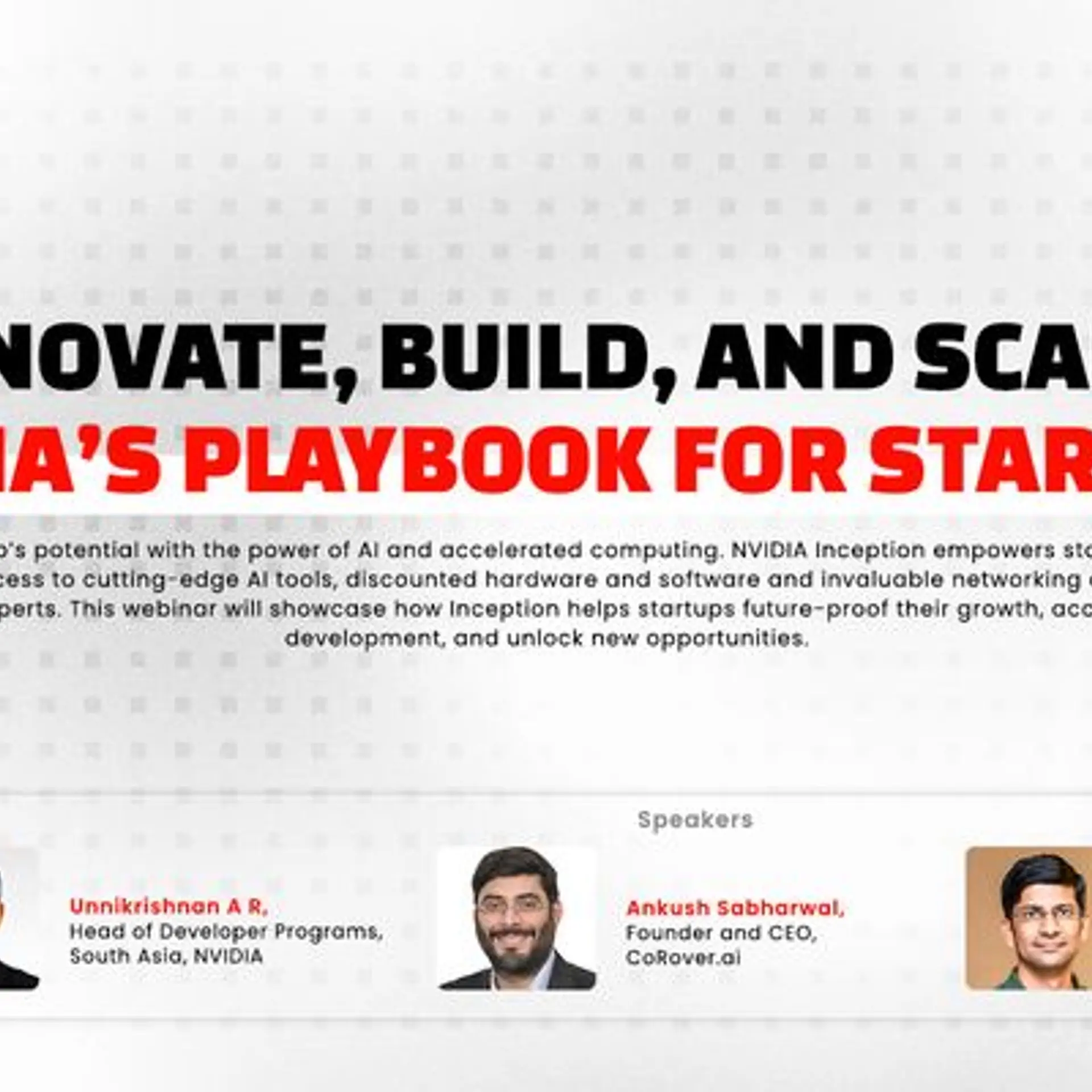‘AR and VR have the potential to completely change the way people work’ – in conversation with Rahul Dutta, Co-founder, AltReal Studio
In this preview article on CII’s upcoming Global Knowledge Summit, we share expert insights on immersive media technologies and their business impact.
Rahul Dutta, Co-founder of AltReal Studio, has been a designer, consultant, advisor, and systems integrator for new media technology projects for over two decades. His digital artworks are viewable online, as well as AR/VR works.
Rahul has also launched Trikaan as a platform for retailers to engage with customers via AR and VR experiences. He is a graduate of National Institute of Design.
Rahul was a speaker at the Pune Design Festival 2021, and is also speaking on AR and VR in the enterprise knowledge space at CII’s annual Global Knowledge Summit. The 16th edition of the summit is being held online on April 8-9 next week, with the theme of Transforming Knowledge Management for Hybrid Learning and Hybrid Workplaces.
As media partner for the Global Knowledge Summit, see YourStory’s coverage of the editions from 2021, 2020 and 2019, and sessions takeaways from the Bangalore K-Community meetups. See also our d.Zen (‘Design Zen’) section with more resources on design and design thinking.
In this chat with YourStory, Rahul Dutta talks about the business use of augmented reality (AR) and virtual reality (VR), emerging opportunities, uses cases, and trends.
Edited excerpts of the interview:
YourStory [YS]: You have been quite a pioneer in AR/VR! How did you get into the field, and what were some of your first projects like?
Rahul Dutta [RD]: I got into VR and the Metaverse around 1997 thanks to my fascination with the cyberpunk and futurism genres, and also space. Since I was a child, I’ve been fascinated by the whole idea of where we will be in the future!
Those were the early days of the internet and what really interested me even back then was the prospect of how we would use these amazing technologies to really advance ourselves as a planetary civilisation.
I designed my first AR smartglasses as a student project in college in 1995, before I even understood the term. Being a product designer, the whole concept of reality enhancement and augmentation really began in the early days.
My first major VR project was unexpected in so many ways – my first client was the dairy giant of India, Amul! They wanted me to set up an ice cream parlour in the virtual world of Second Life.
This is also the only space that has been carried through different VR platforms from 2007-2015! Initially there was a lot of interest in Second Life, so I helped quite a few Indian companies establish their presence there.
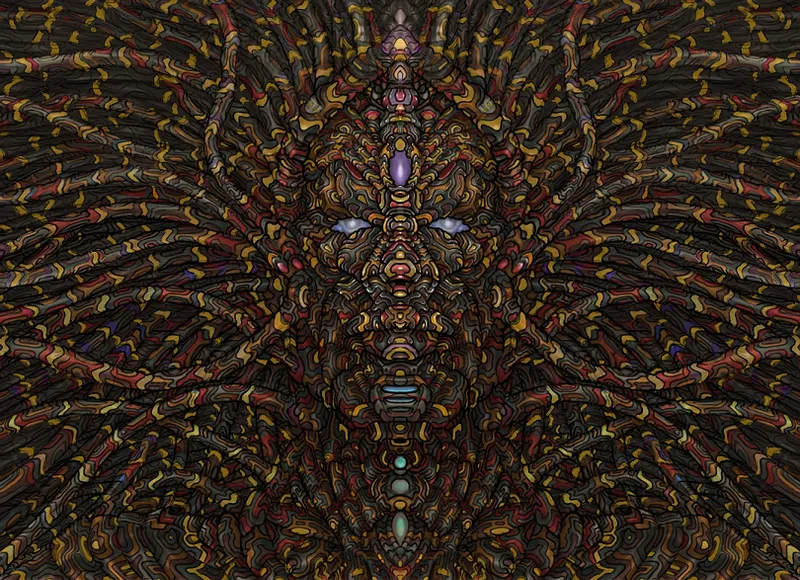
Artwork by Rahul Dutta
YS: Fast forward to today – where is this field of immersive reality these days? How much traction is there in B2C and enterprise settings?
RD: Well, there is just so much happening! XR is an actual term that people understand today, a lot more people are getting aware of the power of these platforms.
The B2B/B2C space has also been given a huge boost by the pandemic, since people still need to attend events and conferences virtually. There has been an upsurge in companies getting into this space to provide extra benefits to their consumers.
There is similar growth in the enterprise segment, with institutions finally beginning to understand the true benefits of VR training as well as AR as a powerful visualisation tool. There is still tremendous potential here, with some of the most exciting hardware and software yet to come.
YS: What are some outstanding examples you have come across of AR/VR in action during the pandemic?
RD: Well, there was of course the switch to virtual event platforms but I wouldn’t call any of them outstanding.
It seems the organisers (in India at least,) missed an opportunity to actually make these events captivating and immersive. There were a hundred copies and spin-offs of say the On24 or 6Connex platforms, but nothing truly innovative.
For me, what stands out is the creative use of a technology to solve a specific problem or address a need. So for example, a virtual travel platform that lets you explore interesting places during the lockdown. Or virtual car showrooms that actually let you buy your car directly from within them.
Given that the auto, hospitality, real estate, retail and other industries faced tremendous setbacks during the pandemic, all platforms designed to help them get out of this are good by me.
The real innovations were in the background, actually. These include improvements in multi-user functionalities, automation and visualisation such as AR and background replacement features in Zoom and similar video platforms. The standout for me was the fact that AR and VR as technologies became known to a much wider audience than was previously possible, over 2020.
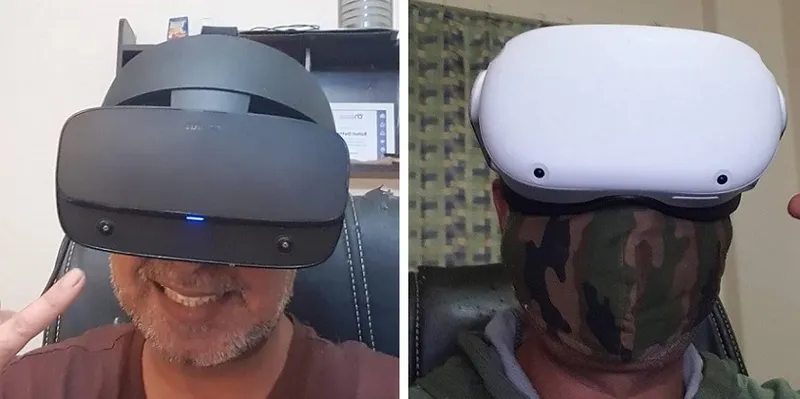
Rahul Dutta
YS: What are the key challenges of AR and VR today - and yet, what are the advantages?
RD: In India specifically, adoption is still a major challenge. These are technologies that do require specific hardware for the best experience, and even today that hardware is relatively very expensive.
The only exception is AR that uses one’s smartphone, but it is still highly unlikely that most people would use AR to view a product they want to buy, for example.
The advantages are there, though. For example, every client to whom we have introduced these technologies has been blown away by just how much more efficient and immersive they are.
Especially in the areas of VR training, industrial automation and sales, the time and cost savings for companies are actually pretty large. With a new wave of headsets coming in 2021-2022, it is very possible that the bar will be set even lower for more people to create and experience these new paradigms.
YS: What are some ways in which AR/VR has been used in organisational training, learning and operations? Can you cite some examples from the business and government sectors?
RD: This is actually one of the best use cases for the technology – the ability to create training and operational simulations that are far superior to most conventional learning tools. The key advantage is being able to simulate situations that are not possible in the real world.
Two examples come to mind. We had created a series of fire and safety training simulators for IndianOil, where for example their employees would have to react to a large fire in an oil refinery, find the closest high-pressure suppression system, and operate it accurately enough to put the fire out. As far as I know, nobody has started an actual fire in a refinery to train people how to put it out!
The second example is the simulator we are currently making for ISRO’s Gaganyaan mission, where we put two astronauts into every conceivable situation from a launch abort to a fire in orbit. These things are not possible even with the most sophisticated conventional simulators.
The key idea here is to develop experiential and muscle memory and situational awareness so that handling a crisis or even operating a machine becomes intuitive and instinctive. And there is no better platform than VR for this.
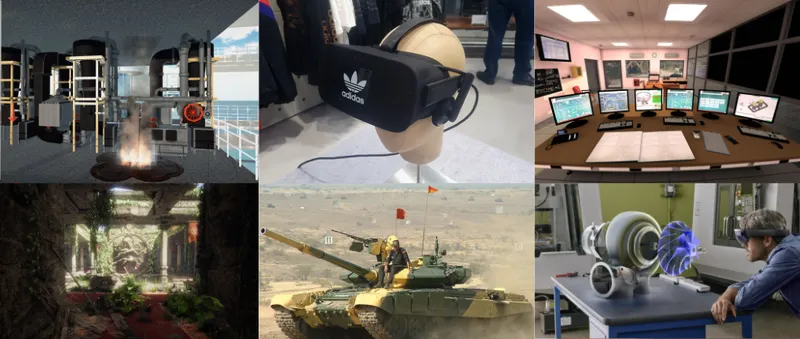
VR works by Rahul Dutta
YS: How can social entrepreneurs and non-profit organisations make use of AR/VR? Can you cite some examples?
RD: Still very early days yet, as in this segment the focus is still on usability. There are some examples of non-profits creating applications to increase social awareness of their cause.
For example, the WWF has used AR to bring endangered animals to life. But as far as I know, these organisations have yet to harness the true power of these technologies for their daily operations.
YS: Sites and apps like Instagram have done a lot to make photography accessible to the broad public. Will we see a “killer app” for AR/VR coming out soon?
RD: Well, I for one have yet to use any Instagram filters on my face (lol)! I mean, it’s fun and all but ultimately the “killer app” would be something that people would find indispensable in their actual lives.
So for example, a daily workout app that uses AR to tell if you’re doing it right. Or something that lets you learn a new skill like cooking or jewellery making from things you find around the house.
What’s holding it back is the same thing that holds most apps back: the ability to solve a genuine need their users have in a creative manner. So if you’re asking about say the Zomato or Flipkart of AR/VR apps, well it’s tricky.
The biggest challenge is to make it universal, have it run on everything from desktop to mobile to even VR headsets, if you have them. As I mentioned earlier, really outstanding experiences do require specialised hardware. So when, say, the smartglasses revolution and 5G takes off in 2022 for example, there would be a corresponding surge in innovative apps leveraging the power of the hardware.
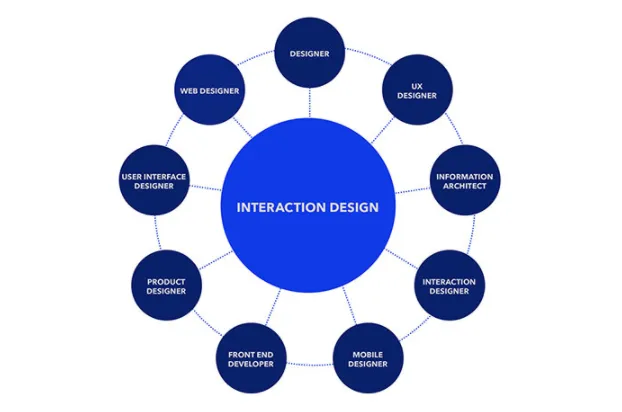
YS: Quite a few startups and large firms are involved in XR now. How should innovators strike that delicate balance between ‘Stick to your vision’ and ‘Adapt to a changed world’?
RD: Well yes, it is very good to see the industry beginning to develop. The issue I have with Indian companies in general though, is an overall lack of vision and innovation when it comes to creating truly unique experiences (there are some notable exceptions here too).
For example, when TikTok was banned in India there was a rash of companies making clones of the platform and its functionality – ditto Koo vs. Twitter. Some of these apps are even copying the overall UI and icons almost exactly!
India is a country that has its own very unique culture and aesthetic. Copying and pasting things that have been successful abroad is all very well, but I’m yearning to see some truly contextual innovation for a change.
Adaptability is also a key resource, especially since these technologies are still in their early stages and advancing very rapidly. An XR firm should have the ability to incorporate new learnings and technologies iteratively to their own design plan so that they are not left behind when the tech takes a sudden leap forward.
I have been caught in this a few times myself, so this is something I try to incorporate into any new platform and experience we create.
YS: How are standards bodies dealing with this emerging medium of XR? What are some challenges and opportunities in such standards alignment?
RD: Actually there are quite a few standards already established globally defining what a good XR experience should comprise. The challenges and opportunities are the same as with any other emergent technology.
Currently we are at the stage where there is still quite a lot of fragmentation because so many companies are developing such innovative hardware and software. However, organisations like OpenXR, W3C, NIST and others are working with each other to establish universal standards and best practices across the XR spectrum.
Today, the challenge is to deploy one’s XR platform to the largest possible audience – making it hardware agnostic, for example. The opportunity is in creating something that does conform to all these standards while still being a good experience for the user.
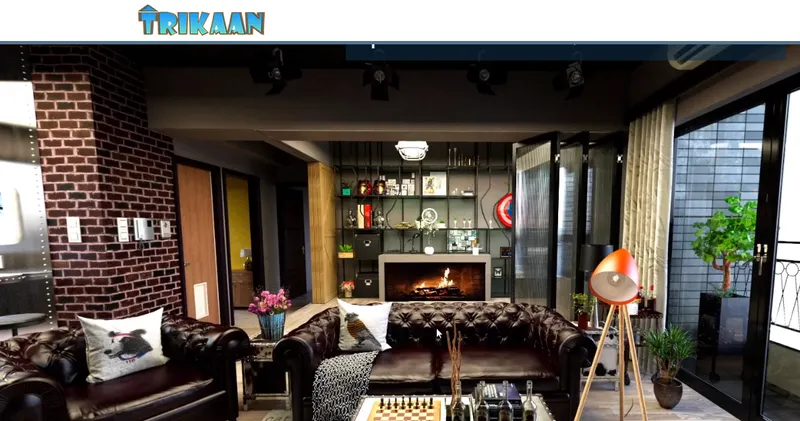
VR immersion
YS: What are the Top Three success factors for government and industry to work together and grow the XR industry in their countries?
RD: I’m actually very pleasantly surprised by the Indian Government’s openness to these technologies. For the last few years we have worked with government and industry organisations to implement XR across different levels of complexity, but what surprised me was their willingness to actually dive into the tech and explore its potential even in the early days.
There are three keys to success when implementing policy to get these technologies into user’s hands efficiently.
1. Ease of acquisition: Get the tech and the hardware into user’s hands easily and efficiently. For example, a headset imported from abroad is often twice as expensive in India thanks to customs duties and other taxes. There should also be a concurrent push towards enabling manufacturers to create their own hardware indigenously.
2. Ease of use: It is to be noted that to most people, these are still unknown technologies. So some effort must be made to make them easy to use for all people who interact with them. This includes localisation, contextualisation, and the creative use of interface to enhance the user experience and make it intuitive to use.
3. Awareness: It’s not about just using the tech any old way. People need to be informed on how AR and VR can actually help them in their own industry and specific context, and how it will benefit them.
YS: As we slowly move out of the pandemic, do you see the use of AR/VR decreasing in demand, or increasing, or staying at current levels? Why so?
RD: Well, now that people are aware that the tech exists and is exciting, we are seeing a perceptible increase in demand.
With 5G technologies poised to radically improve the way we communicate and interact with each other, I really foresee exciting ways that people will be using this tech.
Secondly, headsets and smart glasses are also coming into their own, becoming cheaper and more powerful incrementally. Once this tech has a firm grounding and general awareness, that’s when the next boom will happen.
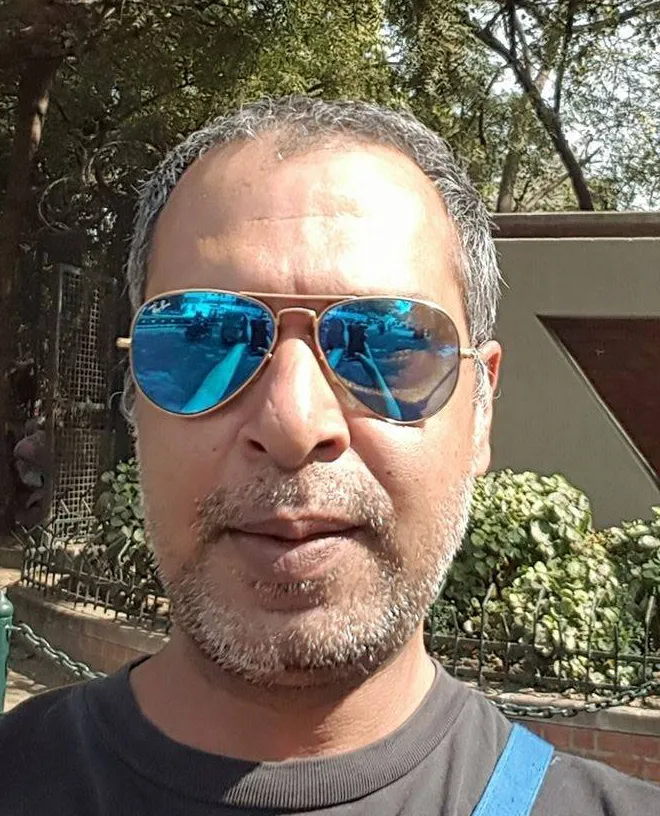
Rahul Dutta
YS: Looking ahead, what are some key emerging trends you see in the field of AR/VR?
RD: I see some interesting new things coming up over the next year or so:
- New developments in affordable smartglasses and headsets
- 5G with promising large changes in the AR/VR ecosystem
- Increased interest in virtual retail and travel paradigms
- Increase in interest in the industrial uses of AR, especially combined with IIoT.
YS: What are your parting words of advice to business leaders in our audience on how to deploy AR/VR?
RD: The key lies in understanding enough of the technology to be able to deploy it to address specific needs. All too often, I see people just wanting to get into it somehow because they’ve heard it’s the next big thing.
AR and VR have the potential to completely change the way people work. They can be a source of immense savings and much higher efficiency.
The main thing is to be able to recognise the potential and apply these technologies contextually for maximum benefit.
Edited by Teja Lele





![[Funding alert] AR/VR hardware startup AjnaLens raises $1M from MHD group, others](https://images.yourstory.com/cs/2/b87effd06a6611e9ad333f8a4777438f/Imagek63i-1604556437467.jpg?fm=png&auto=format&h=100&w=100&crop=entropy&fit=crop)
![[Funding alert] Venture Catalysts invests in AR/VR based startup CUSMAT](https://images.yourstory.com/cs/2/79900dd0d91311e8a16045a90309d734/IMG-20200809-WA0010-1597038349972.jpg?fm=png&auto=format&h=100&w=100&crop=entropy&fit=crop)




